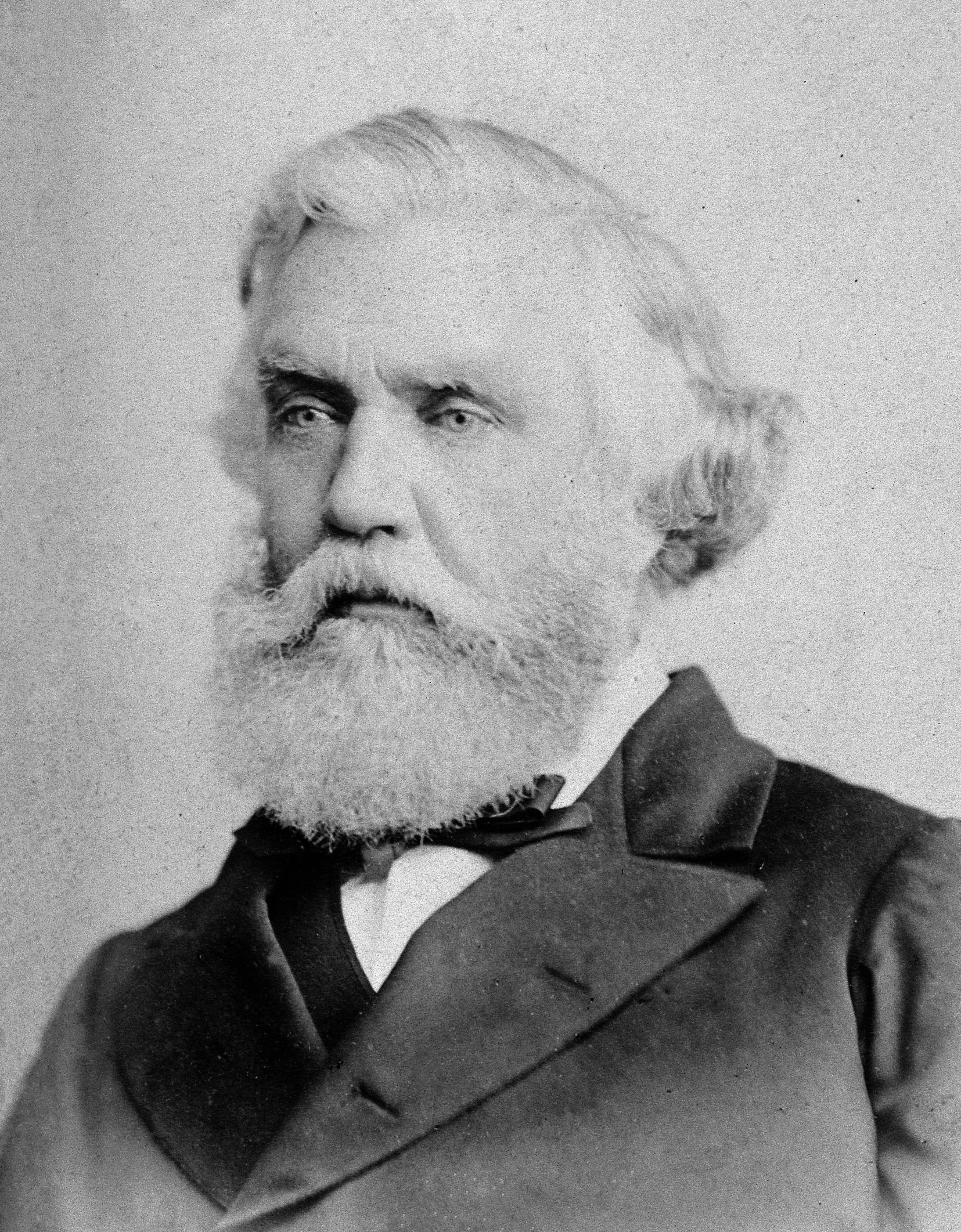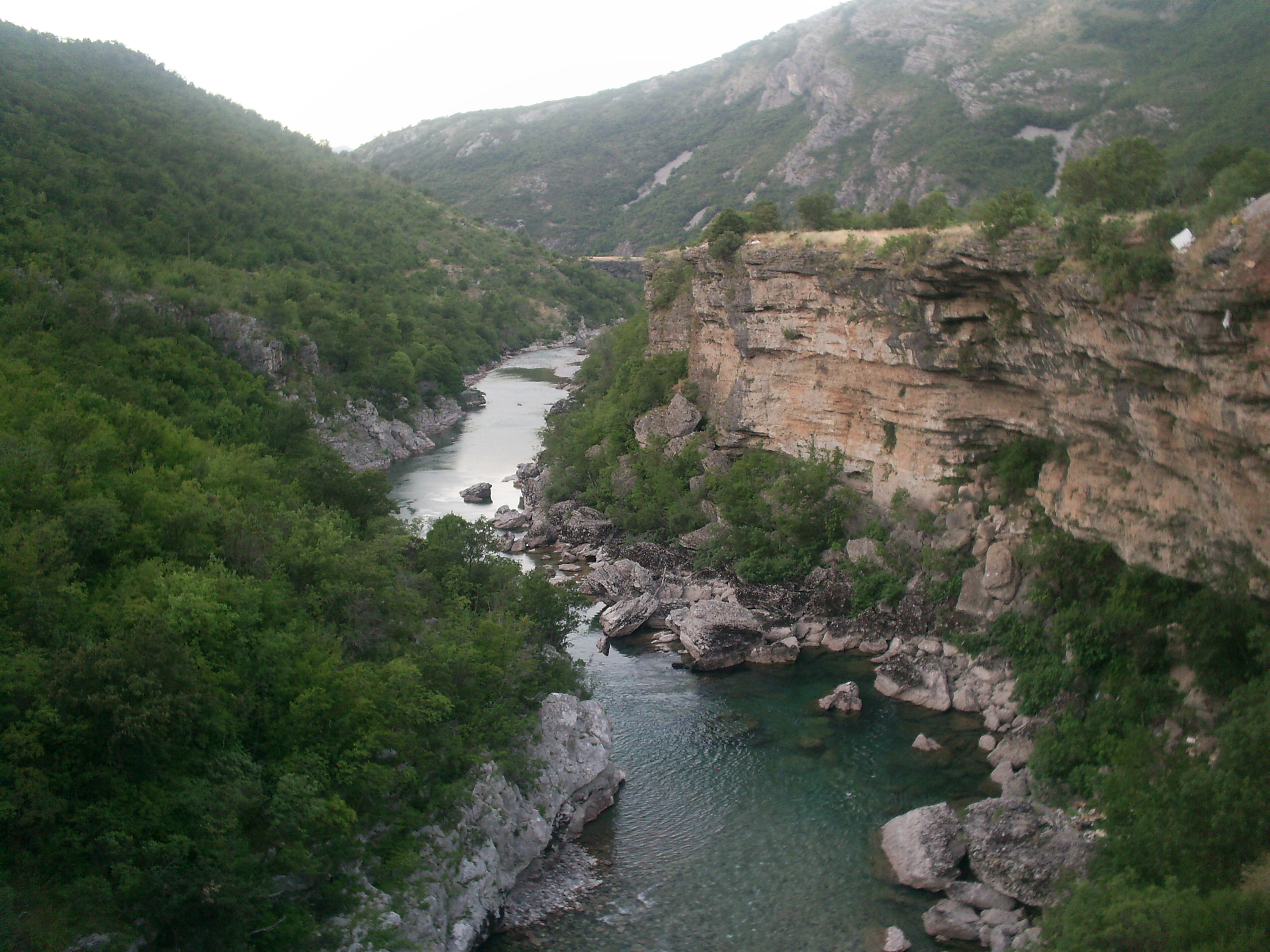|
Battle Of Novšiće
The Battle of Novšiće ( sr, Boj na Novšiću/Бој на Новшићу; Bitka na Novšićima/Битка на Новшићима, sq, Beteja e Nokshiqit) was a battle for control over Plav and Gusinje fought on 4 December 1879 between the forces of Principality of Montenegro led by Marko Miljanov and local pro-Ottoman forces which included irregulars of the League of Prizren, both commanded by Ali Pasha, the Kaymekam of Gusinje. "ihnen auf dem Berliner Kongreß als Gebietsabtretung der Türkei zugesprochen worden waren, militärisch einzunehmen. Die Bewohner des Gebirgstals am oberen Lim verteidigten unter Leitung des Ali Pascha von Gusinje ihre Heimat gegen die Montenegriner. Die historische Schlacht bei Novšiće (alb. Nokshiq) vom 4. Dezember 1879 endete mit einem Sieg der Albanischen Liga; die Montenegriner mußten sich zurückziehen." The League of Prizren consisted mainly of Albanians and from Plav and Gusinje in Scutari Vilayet and irregulars from Kosovo Vilayet. ... [...More Info...] [...Related Items...] OR: [Wikipedia] [Google] [Baidu] |
Battles For Plav And Gusinje
The Battles for Plav and Gusinje were armed conflicts between the Principality of Montenegro and the League of Prizren (supported by the Ottoman Empire) that broke out following the decision of the Congress of Berlin (1878) that the territories of Plav and Gusinje (part of former Scutari Vilayet) be ceded to Montenegro. The conflicts took place in this territory between 9 October 1879 and 8 January 1880. The following battles were fought: *Velika attacks (1879), Velika attacks (9 October – 22 November 1879), Montenegrin victory in the first attack, Albanian victory in the second attack *Battle of Novšiće (4 December 1879), Albanian victory *Battle of Murino (8 January 1880), both sides claim victory References * * * * * {{Great Eastern Crisis Principality of Montenegro Ottoman period in the history of Montenegro 1879 in the Ottoman Empire 1880 in the Ottoman Empire Rebellions in Montenegro ... [...More Info...] [...Related Items...] OR: [Wikipedia] [Google] [Baidu] |
Morača
The Morača ( sr-cyrl, Морача, ) is a major river in Montenegro that originates in the northern region in Kolašin Municipality under Mount Rzača. It meanders southwards for before emptying into Lake Skadar. Its drainage basin covers .Statistical Yearbook of Montenegro 2017, Geography Statistical Office of Montenegro In its upper flow the Morača is a fast mountain river. Just north of it merges with its largest tributary, the , which it then cuts a rocky |
Voivode
Voivode (, also spelled ''voievod'', ''voevod'', ''voivoda'', ''vojvoda'' or ''wojewoda'') is a title denoting a military leader or warlord in Central, Southeastern and Eastern Europe since the Early Middle Ages. It primarily referred to the medieval rulers of the Romanian-inhabited states and of governors and military commanders of Hungarian, Balkan or some Slavic-speaking populations. In the Polish-Lithuanian Commonwealth, ''voivode'' was interchangeably used with ''palatine''. In the Tsardom of Russia, a voivode was a military governor. Among the Danube principalities, ''voivode'' was considered a princely title. Etymology The term ''voivode'' comes from two roots. is related to warring, while means 'leading' in Old Slavic, together meaning 'war leader' or 'warlord'. The Latin translation is for the principal commander of a military force, serving as a deputy for the monarch. In early Slavic, ''vojevoda'' meant the , the military leader in battle. The term has als ... [...More Info...] [...Related Items...] OR: [Wikipedia] [Google] [Baidu] |
Velika, Montenegro
Velika ( sr-Cyrl, Велика) is a village in the municipality of Plav, Montenegro, close to the village of Murino. History In 1479, the Ottomans annexed Gornje Polimlje and Velika. Subsequently, these villages were organized into the Sanjak of Scutari.It was the site of several conflicts during the battles for Plav and Gusinje, between the pro-Ottoman Albanians and Montenegrin forces in 1879–80. During WWII World War II or the Second World War, often abbreviated as WWII or WW2, was a world war that lasted from 1939 to 1945. It involved the vast majority of the world's countries—including all of the great powers—forming two opposin ..., when the region was annexed by Axis forces, 428 Serbs and Montenegrins from the village were killed by the ethnic, nazi Albanian SS Skandenberg division on July 28, 1944. Demographics According to the 2011 census, its population was 308. References External links Populated places in Plav Municipality Serb ... [...More Info...] [...Related Items...] OR: [Wikipedia] [Google] [Baidu] |
Kaymakam
Kaymakam, also known by many other romanizations, was a title used by various officials of the Ottoman Empire, including acting grand viziers, governors of provincial sanjaks, and administrators of district kazas. The title has been retained and is sometimes used without translation for provincial or subdistrict governors in various Ottoman successor states, including the Republic of Turkey, Northern Cyprus, Iraq, and Lebanon. Names The title has been romanization, romanized in English language, English since 1645 with extremely numerous spelling variations. The most common present-day forms are kaymakam, kaimakam, and qaimaqam. The modern Turkish language, Turkish term is , from Ottoman Turkish ''kaymakam'' (), from Arabic language, Arabic ''qāʾim maqām'' (), meaning "stand in" or "deputy". History Ottoman Empire In the Ottoman Empire, the title of ''kaymakam'' (known either as ''sadâret kaymakamı'' or as ''kaymakam pasha'') was originally used for the official depu ... [...More Info...] [...Related Items...] OR: [Wikipedia] [Google] [Baidu] |
Congress Of Berlin
The Congress of Berlin (13 June – 13 July 1878) was a diplomatic conference to reorganise the states in the Balkan Peninsula after the Russo-Turkish War of 1877–78, which had been won by Russia against the Ottoman Empire. Represented at the meeting were Europe's then six great powers: Russia, Great Britain, France, Austria-Hungary, Italy and Germany; the Ottomans; and four Balkan states: Greece, Serbia, Romania and Montenegro. The congress concluded with the signing of the Treaty of Berlin, replacing the preliminary Treaty of San Stefano that had been signed three months earlier. The leader of the congress, German Chancellor Otto von Bismarck, sought to stabilise the Balkans, reduce the role of the defeated Ottoman Empire in the region, and balance the distinct interests of Britain, Russia and Austria-Hungary. He also wanted to avoid domination of the Balkans by Russia or the formation of a Greater Bulgaria, and to keep Constantinople in Ottoman hands. Finally Bismarck ... [...More Info...] [...Related Items...] OR: [Wikipedia] [Google] [Baidu] |
Treaty Of Berlin (1878)
The Treaty of Berlin (formally the Treaty between Austria-Hungary, France, Germany, Great Britain and Ireland, Italy, Russia, and the Ottoman Empire for the Settlement of Affairs in the East) was signed on 13 July 1878. In the aftermath of the Russian victory against the Ottoman Empire in the Russo-Turkish War of 1877–1878, the major powers restructured the map of the Balkan region. They reversed some of the extreme gains claimed by Russia in the preliminary Treaty of San Stefano, but the Ottomans lost their major holdings in Europe. It was one of three major peace agreements in the period after the 1815 Congress of Vienna. It was the final act of the Congress of Berlin (13 June – 13 July 1878) and included Great Britain and Ireland, Austria-Hungary, France, Germany, Italy, Russia and the Ottoman Empire. Chancellor of Germany Otto von Bismarck was the chairman and dominant personality. The most important task of the Congress was to decide the fate of Bulgaria, but Bulgaria ... [...More Info...] [...Related Items...] OR: [Wikipedia] [Google] [Baidu] |
Montenegrin–Ottoman War (1876–78)
{{disambiguation ...
Montenegrin–Ottoman War may refer to: *Montenegrin–Ottoman War (1852–53) *Montenegrin–Ottoman War (1861–62) *Montenegrin–Ottoman War (1876–78) Montenegrin–Ottoman War may refer to: *Montenegrin–Ottoman War (1852–53) *Montenegrin–Ottoman War (1861–62) Montenegrin–Ottoman War may refer to: * Montenegrin–Ottoman War (1852–53) * Montenegrin–Ottoman War (1861–62) *Montenegri ... [...More Info...] [...Related Items...] OR: [Wikipedia] [Google] [Baidu] |
Albanians
The Albanians (; sq, Shqiptarët ) are an ethnic group and nation native to the Balkan Peninsula who share a common Albanian ancestry, culture, history and language. They primarily live in Albania, Kosovo, North Macedonia, Montenegro, Serbia as well as in Croatia, Greece, Italy and Turkey. They also constitute a large diaspora with several communities established across Europe, the Americas and Oceania. Albanians have Paleo-Balkanic origins. Exclusively attributing these origins to the Illyrians, Thracians or other Paleo-Balkan people is still a matter of debate among historians and ethnologists. The first certain reference to Albanians as an ethnic group comes from 11th century chronicler Michael Attaleiates who describes them as living in the theme of Dyrrhachium. The Shkumbin River roughly demarcates the Albanian language between Gheg and Tosk dialects. Christianity in Albania was under the jurisdiction of the Bishop of Rome until the 8th century AD. Then, dioceses ... [...More Info...] [...Related Items...] OR: [Wikipedia] [Google] [Baidu] |
Principality Of Montenegro
The Principality of Montenegro ( sr, Књажевина Црна Горa, Knjaževina Crna Gora) was a principality in Southeastern Europe that existed from 13 March 1852 to 28 August 1910. It was then proclaimed a kingdom by Nikola I, who then became King of Montenegro. The capital was Cetinje and the Montenegrin perper was used as the state currency from 1906. The territory corresponded to the central area of modern-day Montenegro. It officially was a constitutional monarchy, but ''de facto'' was an absolute monarchy. Name In Danilo I's Code, dated to 1855, he explicitly states that he is the "''knjaz'' and ''gospodar'' of ''Crna Gora'' and '' Brda''" ( sr, / ; "prince and lord of Montenegro and Brda", "duke and lord of Montenegro and Brda"). In 1870, Nikola had the title of "''knjaz'' of ''Crna Gora'' and ''Brda''" (; "prince of Montenegro and Brda", "duke of Montenegro and Brda"), while two years later, the state was called "''Knjaževina'' of ''Crna Gora''" (; "Princi ... [...More Info...] [...Related Items...] OR: [Wikipedia] [Google] [Baidu] |



.png)



